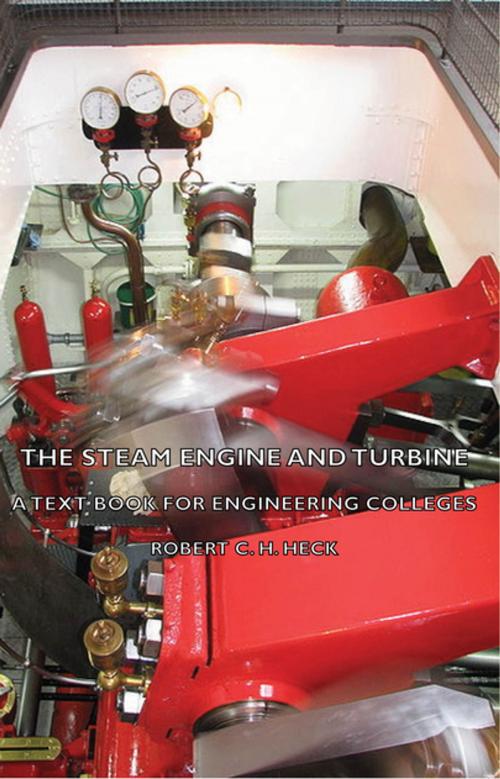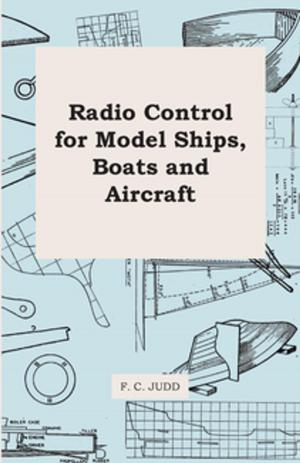The Steam Engine and Turbine - A Text Book for Engineering Colleges
Nonfiction, Science & Nature, Mathematics, Science| Author: | Robert C. H. Heck | ISBN: | 9781446547540 |
| Publisher: | Read Books Ltd. | Publication: | March 23, 2011 |
| Imprint: | Gardner Press | Language: | English |
| Author: | Robert C. H. Heck |
| ISBN: | 9781446547540 |
| Publisher: | Read Books Ltd. |
| Publication: | March 23, 2011 |
| Imprint: | Gardner Press |
| Language: | English |
The textbook idea and the purpose of class-room use have continually been kept in mind. Mechanical form and manner of working are illustrated by selected, typical examples of construction rational theory is built up, from fundamental concepts to the fully-developed ideal steam engine and actual performance is studied and compared with the ideal, an especial effort being made to set forth clearly and logically the empirical knowledge which must fill the gap between them. Viewing the steam plant as a whole, a line is drawn between the members that have to do with the generation and impartation of heat, and those concerned with its conversion into work through the agency of steam. In other words, the furnace and boiler, with their accessories, are taken to constitute a subject for treatment elsewhere, except that allusion is freely made to their functions. But on the side of the steam machine a comprehensive presentation is undertaken to the writer it appears that the study of the piston engine and of the turbine can most effectively and profitably be combined in a single course. It is assumed that the student approaches the subject with at least a general knowledge of the form and working of the steam plant, and with a good preparation in the elements of physics and of mechanics. All deductions along the latter lines begin, however, with basal facts or principles, so that the book shall be self-contained on that side. In the matter of thermodynamics, which is carried only so far as it is of immediate use and application, a special effort is made to develop concepts and ideas, not merely to build up a mathematical, abstract structure on a few axioms. An excess of mathematics is avoided, preference being largely given to graphical methods. Many numerical examples illustrate and enforce the text, emphasize the quantitative side of the subject, and will suggest problems for classroom use.
The textbook idea and the purpose of class-room use have continually been kept in mind. Mechanical form and manner of working are illustrated by selected, typical examples of construction rational theory is built up, from fundamental concepts to the fully-developed ideal steam engine and actual performance is studied and compared with the ideal, an especial effort being made to set forth clearly and logically the empirical knowledge which must fill the gap between them. Viewing the steam plant as a whole, a line is drawn between the members that have to do with the generation and impartation of heat, and those concerned with its conversion into work through the agency of steam. In other words, the furnace and boiler, with their accessories, are taken to constitute a subject for treatment elsewhere, except that allusion is freely made to their functions. But on the side of the steam machine a comprehensive presentation is undertaken to the writer it appears that the study of the piston engine and of the turbine can most effectively and profitably be combined in a single course. It is assumed that the student approaches the subject with at least a general knowledge of the form and working of the steam plant, and with a good preparation in the elements of physics and of mechanics. All deductions along the latter lines begin, however, with basal facts or principles, so that the book shall be self-contained on that side. In the matter of thermodynamics, which is carried only so far as it is of immediate use and application, a special effort is made to develop concepts and ideas, not merely to build up a mathematical, abstract structure on a few axioms. An excess of mathematics is avoided, preference being largely given to graphical methods. Many numerical examples illustrate and enforce the text, emphasize the quantitative side of the subject, and will suggest problems for classroom use.















